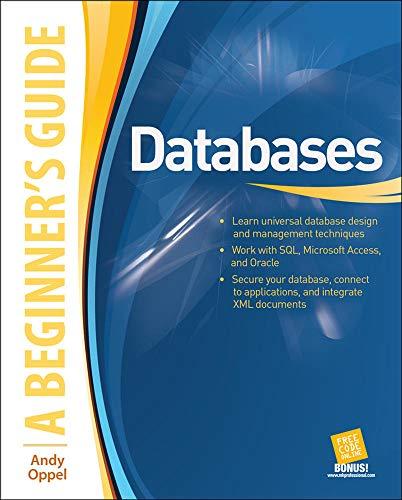Please help with correct answer 
Question 2 0/ 0.5 points Select all of the folliowing statements that are true. Correct statements are quotes or paraphrases from this lab's Introduction. Incorrect statements will not be found in this lab's introduction A file has three important time stamps that all OSes provide. The creation time stamp refers to when the file was originally created. The modification time stamp refers to the when the file was last modified. The last-access time refers to when was it last accessed for either reading/writing. If the last access was reeding, it is obviously later than the modification time stamp. If the lest access was writing, it is equal to the modification time stamp A time stamp is internally stored by the OS using a special representation. In Windows, time is a 64-bit value that represents the number of 1 nanosecond intervals that have elapsed since 12:00 A.M. January 1, 1901. For Linux fle systems, every file has three sets of permissions. One set applies to the user who owns the file "u"), one set applies to the file's group ("9), and one set applies to all other users on the system (o"). For example, a file can be readable by everyone but writable only by the users belonging to that group. Permissions are changed by the chmod utility. Ownership is changed by the chown utility. On Linux, any user can create temporary files in /tmp In both Linux, Is -f, and in Windows, dir, show modification time stamps in human readable form adepted to the local time zone (e.g. Eastern Standard/Deylight Time). In PowerShell, multiple steps are necessary to change the ownership of a file or directory or almost every Linux file system, there are at least three basic permissions: read , write (w), and execute ('x"). Users are allowed to perform these operations on . nle if and only if the corresponding permission is set for them on that nie Unix style configuration settings the for the whole system are typically stored in jetc Windows has the Registry for a similar purpose. Many Windows and Linux programs depend on recognizing the type of a file based on the file name extension of the file. In Linux, the cp-r program copies all of the files in a specified directory but does not copy files in any subdirectories of the specified directory Windows NTFS has read, write, etc. permissions. These are typically handled in the Properties tabs sheet of a file. At the command line level, the two relevant commands are attrib and icacls. An access control list explicitly enumerates each user and the granted/denied privileges The mkdir command exists in both Windows and Linux to creates directories. In Linux, the mv command moves a file from one location in a file system to another. In Linux, the cp command copies a file from one location in a file system to another without changing or meving the orginal file that was copied








